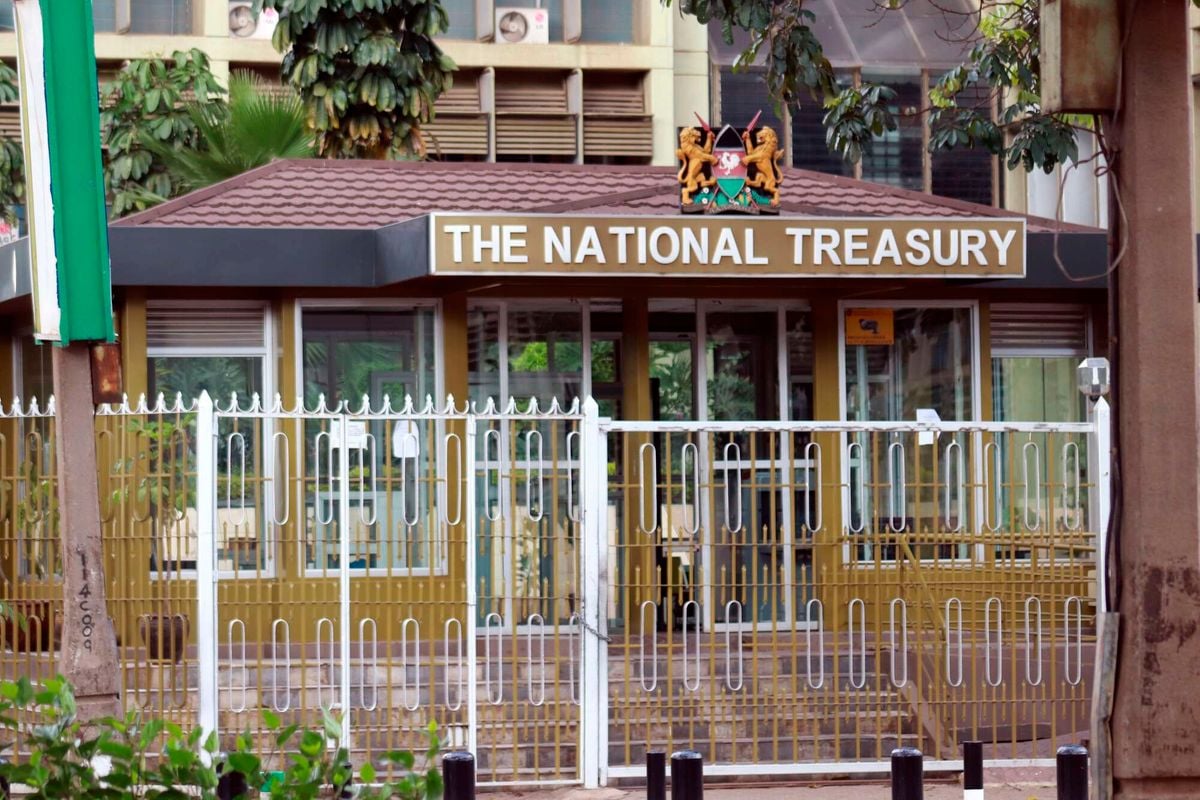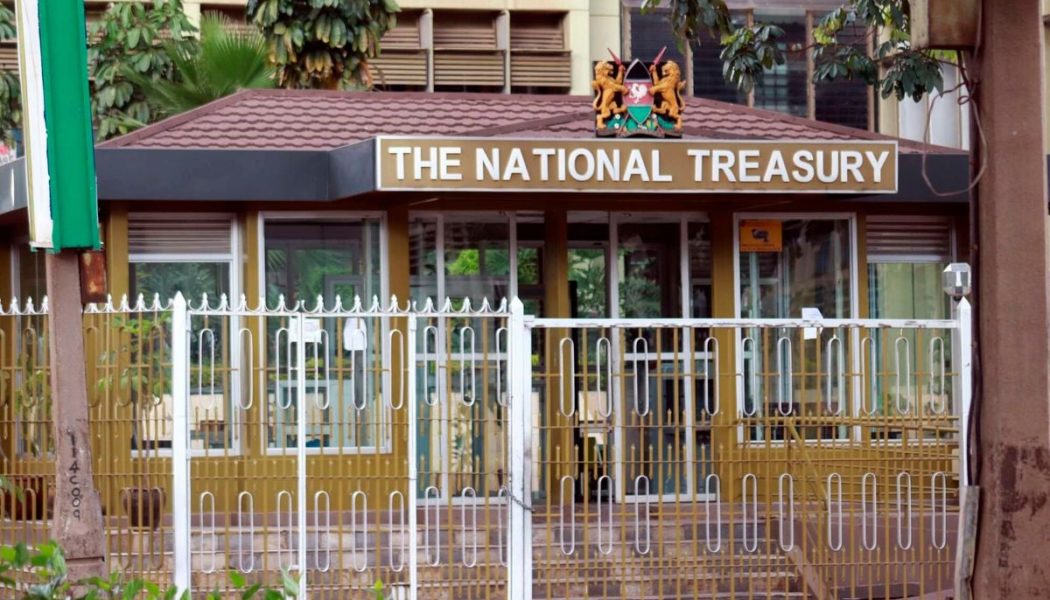
The National Treasury has in the last six weeks replenished the Sh45.1 billion it had tapped from the Central Bank of Kenya (CBK) during a cash crunch in July, cutting outstanding overdrafts to the lowest levels in nearly 20 months.
Latest data shows the debts due to the CBK through the emergency loan facility dipped by nearly half (49.1 percent) Wednesday last week to Sh46.7 billion, from a recent peak of Sh91.8 billion in late July.
The overdraft facility largely helps the Treasury to finance short-term needs when it faces a cash shortage, including urgent payment requirements such as salaries and other priority recurrent expenditures like debt repayments.
The falling overdraft balance at CBK shows easing cash flow pressure after tax receipts in July grew at the most sluggish pace, in at least a decade amidst huge debt payments to local bondholders and foreign creditors such as the Export-Import Bank of China.
A paltry 2.87 percent year-on-year growth in tax collections to Sh159.51 billion in July after a plan to raise new and higher revenues collapsed, prompted the Treasury to turn to CBK loans to partly meet Sh96.67 billion in debt repayments.
The cash flow challenges appeared to be easing with the overdraft balance mid-last week, touching levels last seen on January 20, 2023, when it stood at Sh34.32 billion.
Fading anti-government protests, which had shaken the President William Ruto’s administration in June and July, helped lift sales for the first time in three months in August, increasing cash circulation in the economy.
“Cost pressures across the private sector intensified in August due to rises in import fees and tax burdens, according to survey respondents,” analysts at Stanbic Bank and American analytics firm, S&P Global, wrote in the Purchasing Managers Index (PMI) for August.
The overdraft facility largely helps the Treasury offset priority cash demands such as debt payments when it faces revenue shortage.
Section 46(3) of the CBK Act caps the cash the Treasury can access at five percent of the most recently audited revenues.
The Treasury is still using the Sh97.05 billion limit for the last financial year ended June 2024 pending a fresh audit of the government accounts.
This means the Treasury still has room to access Sh50.4 billion from the facility compared to Sh5.25 billion on July 24.
Tapping of the emergency funds currently attracts an annual interest of 12.75 percent — an equivalent of the Central Bank Rate.
Some economists, however, warn against excessive use of the overdraft facility, arguing that it’s tantamount to printing money – with the attendant risks of creating inflationary pressures.
For example, former Treasury Cabinet Secretary Njuguna Ndung’u wrote in the Kenya Financial Sector Stability report back in 2012 when he was the CBK Governor: “Accelerated borrowing from the Central Bank is inflationary as it is equated to the printing of money and therefore leads to macro-economic instability through inflationary pressures.”
Thousands of youthful demonstrators poured onto streets of Kenya’s major towns across the country in late June to oppose plans to impose new and higher taxation measures from July, poor governance, and corruption in government.
The countrywide protests, largely organized by youth who said were not aligned to political or ethnic groupings, prompted President William Ruto to drop the Finance Bill 2024 and form a broad-based government which has included five members of the main opposition party, ODM.
The protests, which were allegedly infiltrated by hired goons, paralysed businesses in major urban centres on the day of demonstrations, with traders fearing a repeat of looting of retail stores witnessed at the peak on June 25.









